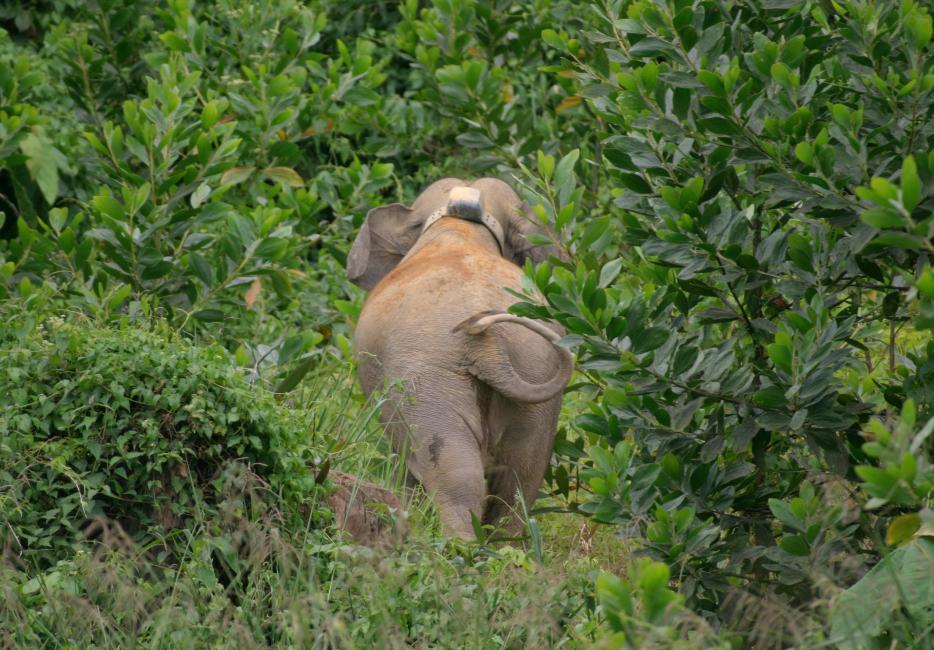
Asian elephants: intelligent, sociable, but endangered species:
Affected by: Habitat loss and fragmentation , Illegal wildlife trade , Human wildlife conflict
Affected by: Habitat loss and fragmentation , Illegal wildlife trade , Human wildlife conflict
Affected by: Habitat loss and fragmentation , Illegal wildlife trade , Human wildlife conflict
Asian elephants once roamed across most of Asia, now they’re restricted to just 15% of their original range, in a number of fragmented and isolated populations around south and south-east Asia. Today, there are fewer than 50,000 Asian elephants left in the wild. They are also listed as endangered species on the IUCN Red List.
Asian elephants differ from African elephants in several ways. They are not quite as big as their African cousins, and have proportionally smaller ears. Asian elephants are generally dark grey to brown in colour, often with pink or yellow marks on their face, ears and trunk.
Female Asian elephants are more social than males. They live in herds with their female relatives. Males usually live alone but sometimes form small groups with other males.
Living in some of the most densely populated parts of the world has brought challenges – Asian elephant numbers have roughly halved in the last three elephant generations. We need your help to make them thrive again.

"Asian elephants are an important cultural and religious icon but they face an uncertain future. In partnership with government agencies, NGOs and local communities we're working to protect elephant habitats; restore traditional migration routes and strengthen efforts to manage human-elephant conflict to secure a future in which both people and elephants can thrive."
Senior Programme Adviser, Asia
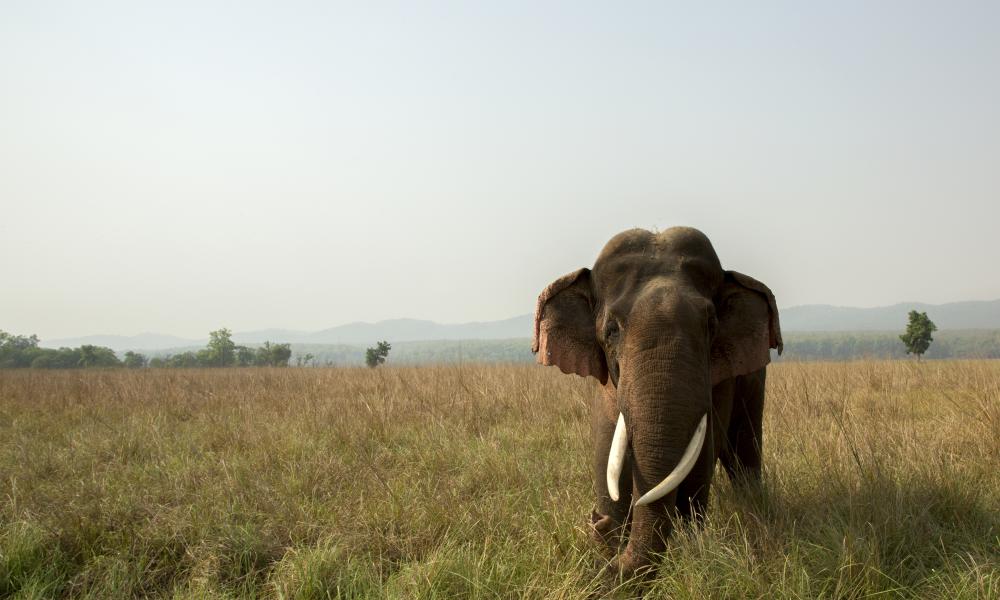
Where do Asian elephants live?
Asian elephants live in a range of habitats, including grasslands, scrublands, evergreen and deciduous forests. They mostly prefer low-lying areas where they can move around easily and generally avoid steep slopes. Asian elephants are found in 13 countries across South and Southeast Asia and southern China, but only about 16-20% of this global population is found in the eight range countries in Southeast Asia and China. The remaining populations are found in Bangladesh, Bhutan, India, Nepal and Sri Lanka.
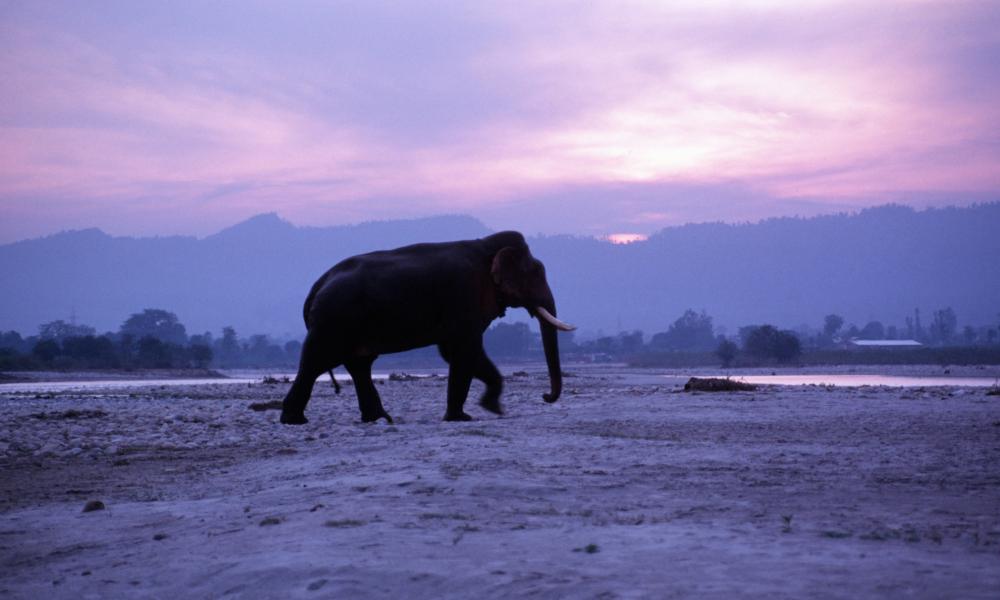
Why Asian elephants are so important
Elephants are very important grazers and browsers, eating vast amounts of vegetation every day, spreading seeds around as they go. They also help shape the often-thick vegetation of the Asian landscape.
For example in forests, elephants create clearings and gaps in the trees that let sunlight in to reach new seedlings, helping plants grow and the forest to regenerate naturally. Forests provide important resources for both wildlife and people.
Elephants will also dig for water when there isn't any surface water – opening water access for other creatures as well as themselves.
By protecting the Asian elephant, we’re making sure they and their environment stay healthy and thriving.
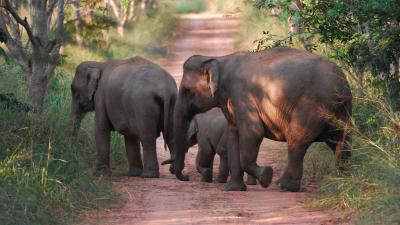
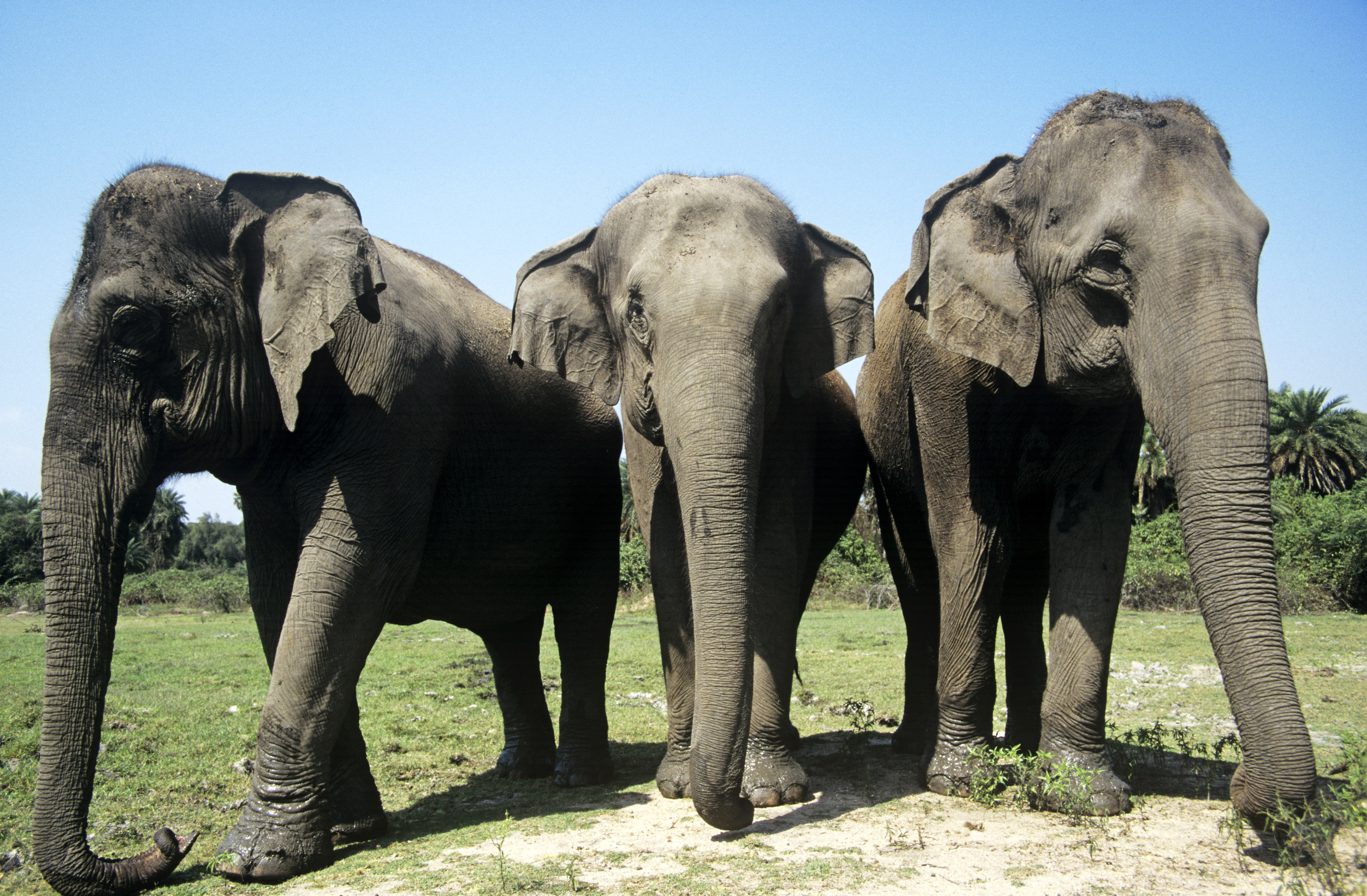
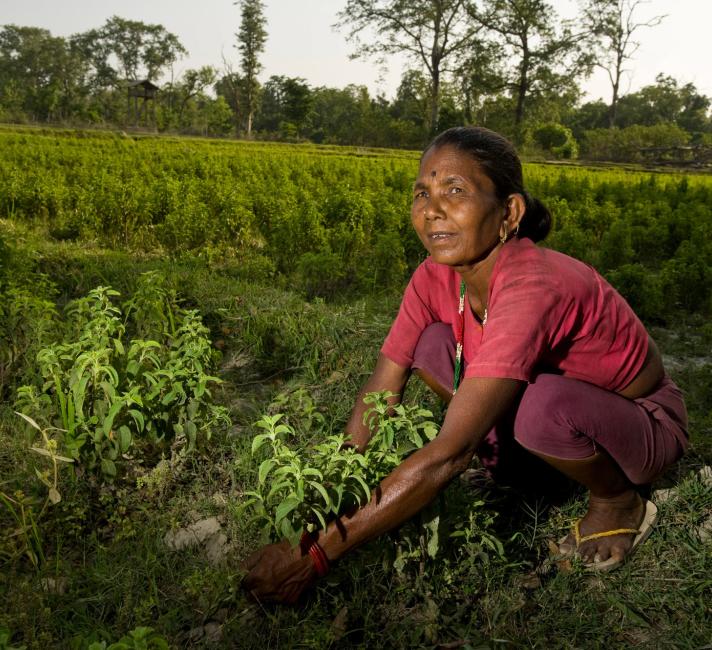
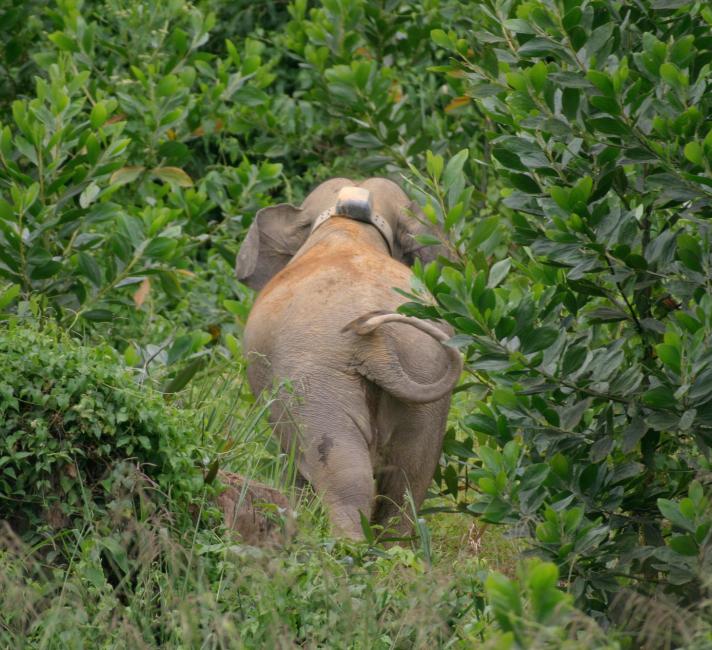

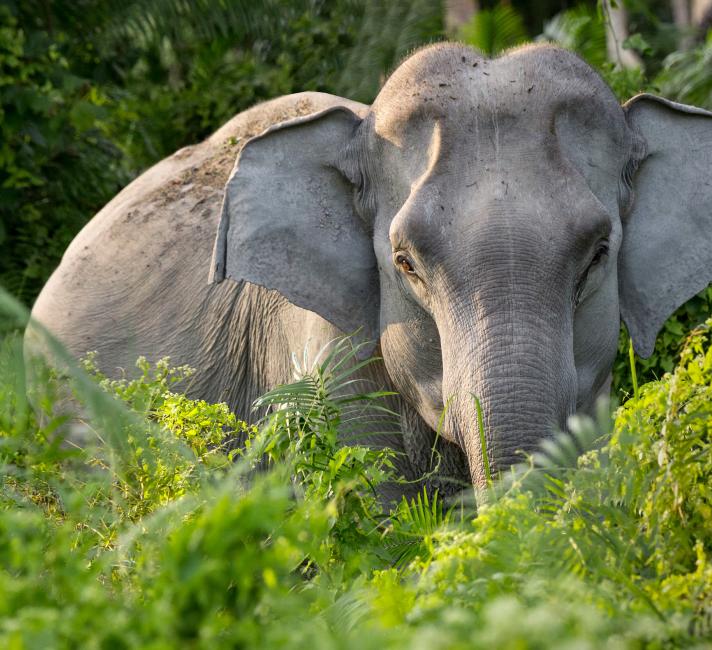
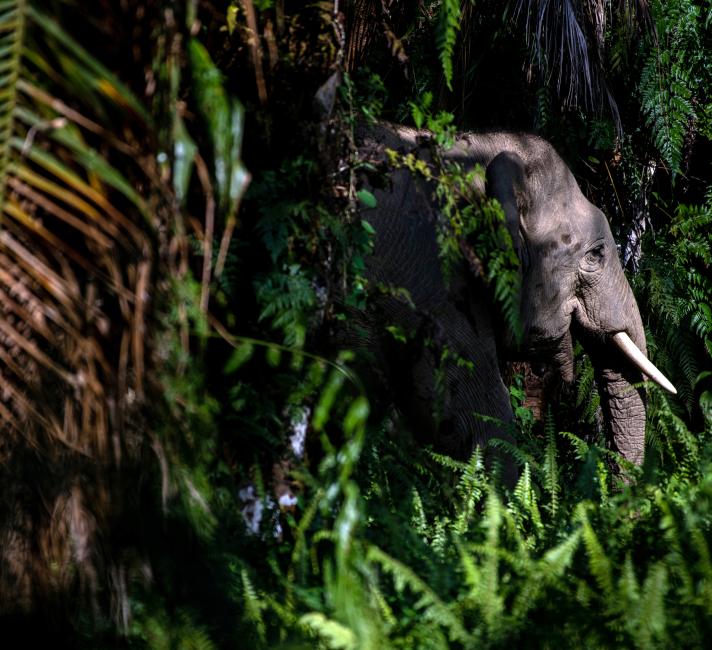
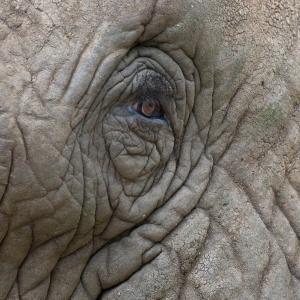 African elephant: strong, smart, but vulnerable
African elephant: strong, smart, but vulnerable
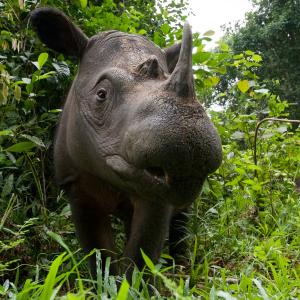 Asian rhinos: armour-plated landscapers
Asian rhinos: armour-plated landscapers
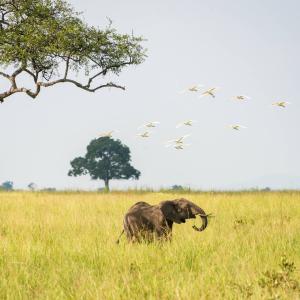 World Elephant Day 2025
World Elephant Day 2025
 Amur (Heilong) River Basin
Amur (Heilong) River Basin